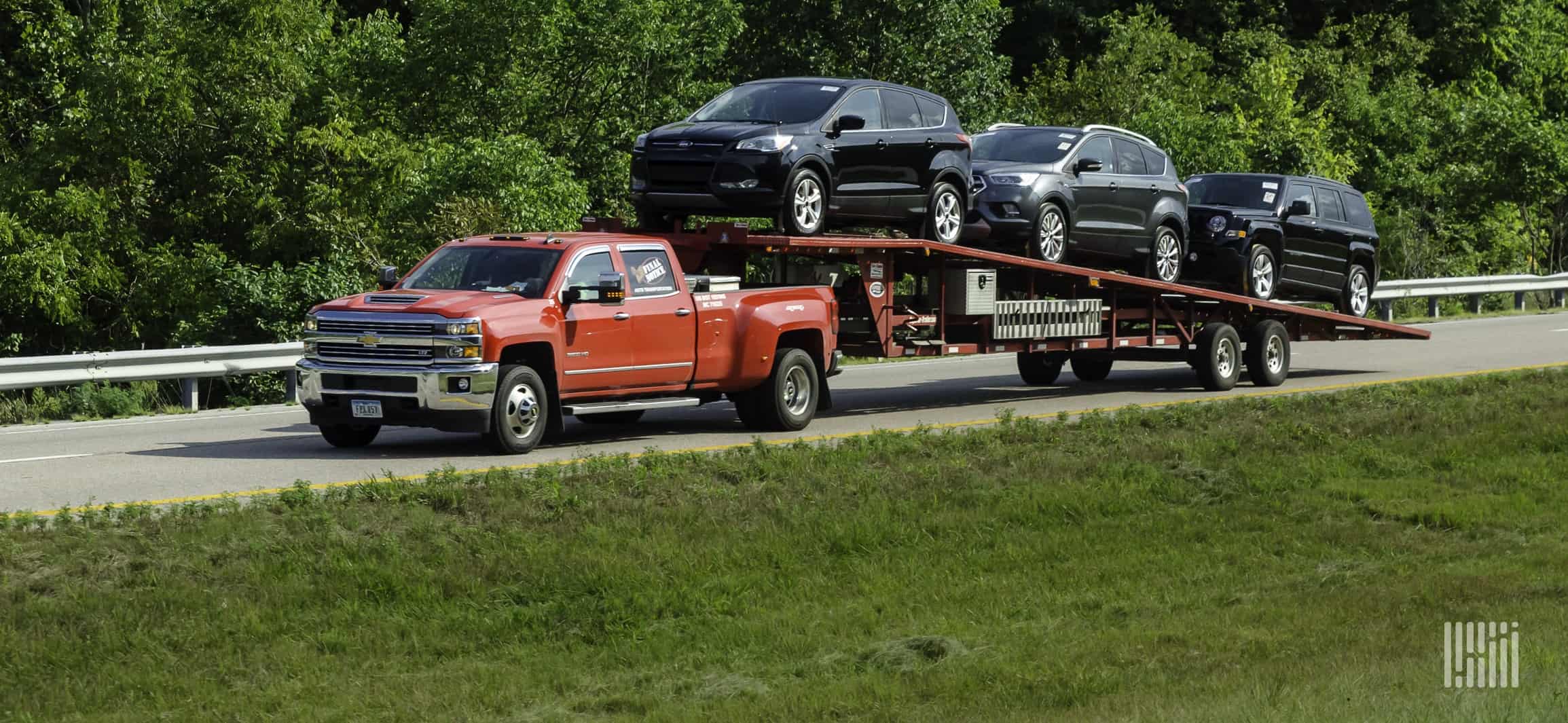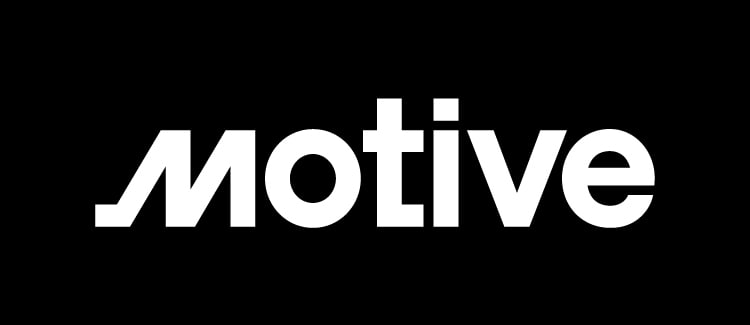In the fast-paced world of hotshot trucking, staying compliant and efficient is key to success. Choosing the right electronic logging device (ELD) can make all the difference in managing your hours of service (HOS) and optimizing routes.
Welcome to our 2024 guide to the best ELDs for hotshot trucks, where we break down the top options to keep you on the right side of the law and on the road to profitability.
And when you’re finished reading, check out the other articles in our ‘Hotshot trucking’ series:
- How much do hotshot loads pay?
- What is the best non-CDL hotshot insurance?
- Best load boards to get hot shot loads for pickup trucks
- 2024 guide to the best ELD for hotshot trucks
Quicklook: Best ELD for hotshot trucking options
- Best for small fleets: Motive ELD
- Best for easy installation: Samsara ELD
- Best for owner operators: Konexial MY20 ELD
- Best for no monthly subscription: Garmin eLog Compliant ELD
- Best for compact size: EROAD ELD
5 best ELD devices for hotshot trucks
Motive
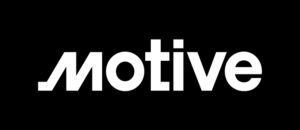
The Motive ELD offers easy installation and an intuitive app, which is important for hotshot drivers who switch vehicles frequently. Its real-time tracking and alerts for HOS compliance are valuable features. Drivers for small fleets with limited resources and personnel can benefit from Motive’s intuitive ELD interface, which requires less training time, enhances productivity, and efficiently ensures regulatory compliance.
Best for: Small fleets
Benefits:
- Reduced fuel wastage
- Vehicle diagnostics
- Reduced liabilities
- Location tracking
- Better route management
- HOS alerts
- Quality customer service
Disadvantages:
- No international integration
- Annotation notes for edits are difficult for some
- Each driver needs a smart device
Pricing: Request a custom quote
Samsara ELD

Samsara’s ELD offers many features that hotshot drivers subject to ELD regulations appreciate.
It provides robust functionality including real time GPS and weather overlay, which can help hotshot drivers optimize their routes. The ELD also offers advanced reporting features, helping drivers analyze their performance.
Samsara makes one of the most reliable devices on the market, even in areas with limited connectivity. In fact, drivers can use the device as a Wi-Fi hotspot. With easy installation, getting started with Samsara is simple for fleet managers and owner-operators of any skill or ability level.
Best for: Easy installation
Benefits
- Real-time GPS tracking
- Routing and dispatching
- Engine diagnostics and fault codes
- Violation alerts and RODS visibility
- Driver behavior reporting
- Fuel tracking
- Optional dashcams
Disadvantages
- Frequent software updates
- Onboard diagnostics (OBD)-only port
Pricing: Customized quote after free demo
Konexial
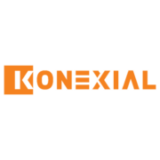
Konexial’s MY20 ELD software integrates seamlessly with your Apple or Android device. The app is easy to download and very user-friendly. This is the perfect device for independent drivers who need to keep track of their information and have it readily available for DOT audits. With value-adding capabilities like in-app point-of-interest mapping and user reviews, Konexial is one of the best eld devices for owner operators wanting to enjoy the sights as they travel.
The system includes features like real-time GPS tracking and route optimization, helping hotshot drivers be more efficient on the road. These features can be especially beneficial for time-sensitive deliveries, a common aspect of hotshot trucking.
Best for: Owner operators
Benefits
- Simple installation
- Excellent privacy and security
- Route mapping and navigation
- Supports all ELD documents
- App compatible with iOS and Android
Disadvantages
- Delayed connection
- Short battery life
- Pricey subscription cost
Pricing
- $149 to $219 for hardware
- $35 to $150 per month for subscription
- $300 to $600 per year for subscription
Garmin
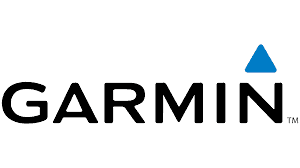
Garmin provides owner-operators with an ELD that does not require an ongoing monthly subscription service. Instead, the Garmin eLog Compliant ELD device only requires the up front hardware fees, then you’re set. It makes tracking your HOS simple and affordable, without the worry of having to commit to monthly subscription plans.
The Garmin eLog offers a straightforward user interface, making it easier for drivers to focus on the job without navigating complex menus. This user-friendliness can be a time-saver, a critical factor in the fast-paced world of hotshot trucking.
Best for: No monthly subscription
Benefits
- Reliable name brand
- No monthly subscriptions
- 24/7 customer support
- Automated recording of HOS
Disadvantages
- No IFTA reporting
- Limited functionality
- Not compatible with OBDII
Pricing: $249.99
EROAD ELD

EROAD is a strong option for hotshot drivers due to its comprehensive compliance toolset. It offers accurate HOS tracking, crucial for staying within FMCSA guidelines. This helps drivers avoid fines and maintain a good safety record. The system is known for its reliability and robust customer support, providing peace of mind for drivers who can’t afford downtime due to technical issues. Overall, EROAD offers a well-rounded solution that addresses the unique needs of hotshot trucking.
Best for: Compact size
Special features
- Compact and single in-vehicle unit with 3.5-inch display screen
- Location tracking
- IFTA reporting
- Safety management
- Risk alerts
- Geolocation capabilities
- Project time monitoring
Benefits
- FMS
- Warranty plans for all hardware
- Reliable technical support
- Reduced paperwork and administration time
- Accurate records of mileage and route data
- Fuel receipts
- Compiles IFTA return data
- Records fuel trips
Disadvantages
- Display screen may be too small for some
- No audible alerts when you approach a violation
Pricing
- No upfront charge
- Plans start at $25 per vehicle per month
What is an ELD?
So, what is an ELD device? It’s a digital tool used in commercial vehicles to automatically record driving time. It helps ensure drivers comply with HOS regulations set by the Federal Motor Carrier Safety Administration (FMCSA). The device tracks when a driver is on-duty, off-duty, or in sleeper berth mode.
ELDs replace traditional paper logbooks, making it easier to maintain accurate records. They enhance road safety by preventing driver fatigue through better HOS compliance.
ELD compliance requirements for hotshot drivers
FMCSA ELD regulations apply to most commercial vehicle drivers, including hotshot drivers, to ensure compliance with HOS rules. The main requirement is that drivers must use an FMCSA-certified ELD to record their driving time, unless they qualify for specific exemptions.
For hotshot drivers operating vehicles with a gross vehicle weight rating (GVWR) of more than 10,001 pounds, ELD devices are typically required. However, if the driver operates within a 100-air-mile radius and returns to the work reporting location within 12 hours, they may be exempt from the ELD driver requirement. In such cases, the driver must still keep a time record, but this can be a simpler record of duty status (RODS).
Exemptions also exist for vehicles manufactured before 2000, as these are not always compatible with modern ELD technology. Drivers transporting agricultural commodities within a 150-air-mile radius may also be exempt.
It’s essential in hotshot logistics for drivers to understand these regulations, as non-compliance can lead to fines, penalties, and a negative impact on their safety records.
What hotshot drivers should consider in an ELD buying decision
Prospective buyers should consider several factors when choosing a hotshot ELD for trucks. Compatibility is crucial; the device should work with different types of vehicles commonly used in hotshot driving. For ELD compliance, the device should also be FMCSA-certified.
Ease of use is another big factor. Drivers need to quickly and easily switch the ELD between vehicles, so a user-friendly interface is essential. The best hotshot truck ELD should allow for seamless HOS tracking and offer alerts for any nearing violations.
Real-time tracking and route optimization features in the best ELD devices for hotshot trucks can enhance efficiency. These functionalities can help drivers find the ideal routes and avoid traffic delays.
Durable hardware is important, as the ELD on trucks will be exposed to various conditions. Additionally, consider the software’s ability to update without causing disruptions, ensuring compliance with evolving regulations.
Lastly, consider the cost, which includes not just the initial ELD prices but also any subscription fees and future updates. Make sure the investment aligns with your needs and budget.
Now you know how to find the best ELD for hotshot trucks
Because of the unique hotshot driver requirements outlined above, it’s a good idea to look for specialized ELDs that keep you compliant with regulations. You can’t go wrong with any of the recommendations in this article. Start by making a list of your top requirements, sort out your budget, and narrow down your options from there.
FAQ
ELDs in trucking are electronic logging devices that automatically record driving time and other data. They help drivers comply with “hours of service” (HOS) regulations set by the FMCSA.
Trucks with a gross vehicle weight rating (GVWR) over 10,001 pounds generally require an ELD. However, there are certain exemptions based on the type of hauling and distance.
The 8-day paper log rule allows drivers to use paper logs instead of an ELD for up to eight days within any 30-day period. This is often used for short-term situations like ELD malfunctions.
Sign up for a FreightWaves e-newsletter to stay informed of all news and trends impacting supply chain careers and operations.

